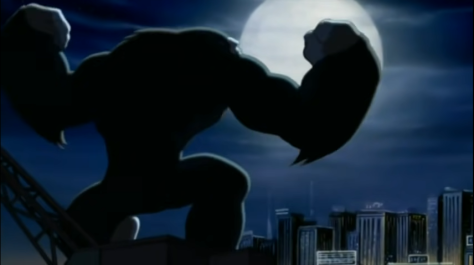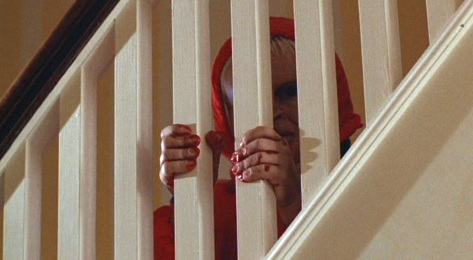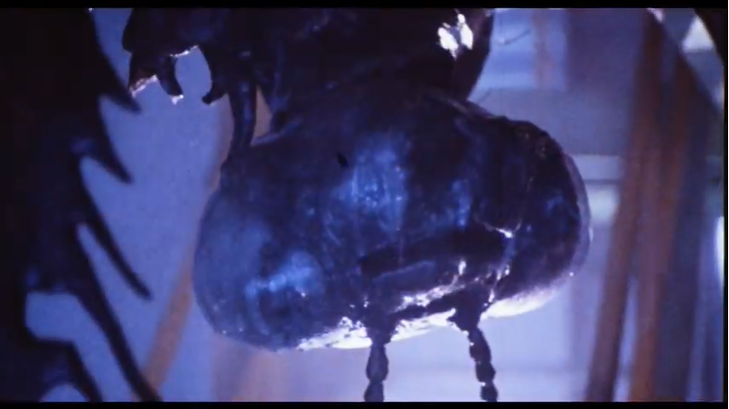
The movies that get the tag “Science Gone Wrong” on here are part of one of the longest lineages in the history of creature features—and probably one of that history’s most reactionary undercurrents, demonstrating a ceaseless anxiety about scientific discovery and experimentation. The deeper we dive into the mechanics of nature, the closer we get to inevitably crossing lines we were never meant to cross, with terrible consequences the equally inevitable result—or, that’s the way they see it, and it’s a structure and theme that has never really gone away, and manages to adapt itself to whatever the latest technological and scientific advances (although by “adapt to”, I don’t necessarily mean “understand.”) Splice is a film that very intentionally hearkens back to some of the more hysteria-prone versions of that Sci-Fi narrative, and even places it in the consistently hackle-raising field of genetic engineering, which has been the topic of more than a few monster movies over the decades. The innovation here is that the lines being crossed in this story are not necessarily being done in the name of science, but something far more personal—and so the ensuing terrible consequences have some different and sometimes more disturbing dimensions.






